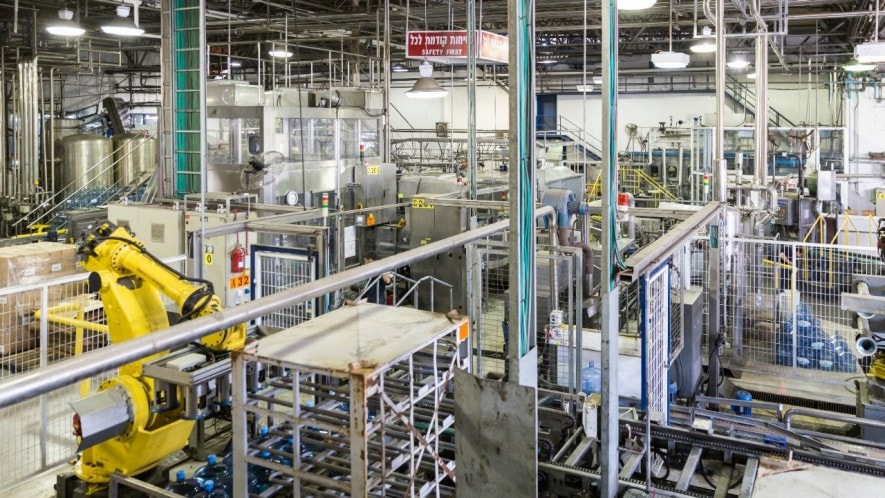Commerce and manufacturing are two essential components of any economy. While both are crucial for the growth and development of a country, they differ significantly in their operations, processes, and outcomes. In this blog post, we will explore the fundamental differences between commerce and manufacturing.
Commerce refers to the buying and selling of goods and services. It involves the exchange of products and services between businesses, individuals, and governments. Commerce is primarily concerned with the distribution and marketing of goods and services. It includes activities such as advertising, sales, distribution, and logistics. The primary goal of commerce is to create demand for products and services and to ensure that they reach the end-users.
On the other hand, manufacturing refers to the process of converting raw materials into finished products. It involves the use of machinery, tools, and labor to create goods that can be sold in the market. Manufacturing is primarily concerned with the production of goods. It includes activities such as designing, prototyping, production, and quality control. The primary goal of manufacturing is to create products that meet the needs and expectations of customers.
One of the significant differences between commerce and manufacturing is the nature of their operations. Commerce is a service-oriented industry that focuses on the distribution and marketing of goods and services. It involves activities such as advertising, sales, and logistics. In contrast, manufacturing is a production-oriented industry that focuses on the creation of goods. It involves activities such as designing, prototyping, and production.
Another significant difference between commerce and manufacturing is the level of customization. In commerce, products and services are often standardized, and the focus is on mass production. In contrast, manufacturing allows for a higher level of customization, as products can be tailored to meet the specific needs and preferences of customers.
Moreover, the level of automation is another significant difference between commerce and manufacturing. Commerce relies heavily on technology and automation to streamline its operations. In contrast, manufacturing requires a higher level of human intervention, as the production process involves the use of machinery and tools that require skilled labor.
In conclusion, commerce and manufacturing are two essential components of any economy. While both are crucial for the growth and development of a country, they differ significantly in their operations, processes, and outcomes. Commerce is primarily concerned with the distribution and marketing of goods and services, while manufacturing is focused on the creation of goods. Understanding the differences between these two industries is crucial for businesses and policymakers to make informed decisions that can drive economic growth and development.

